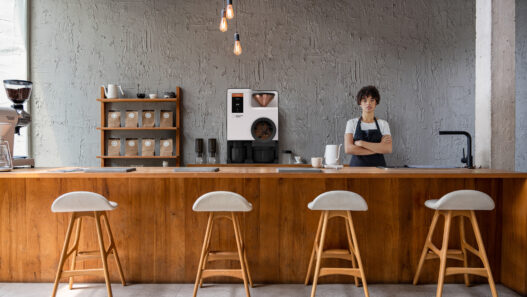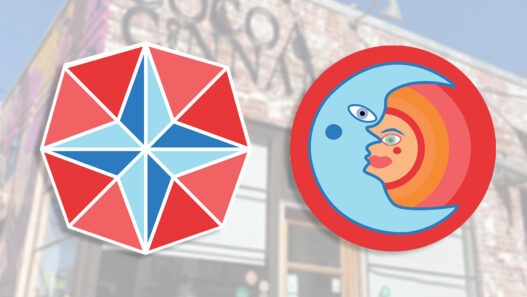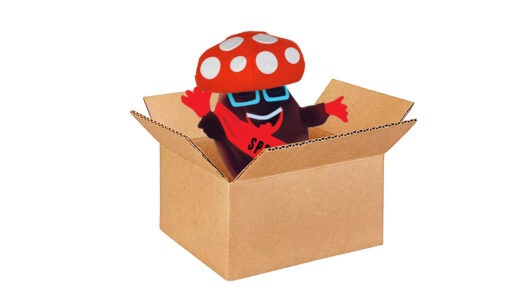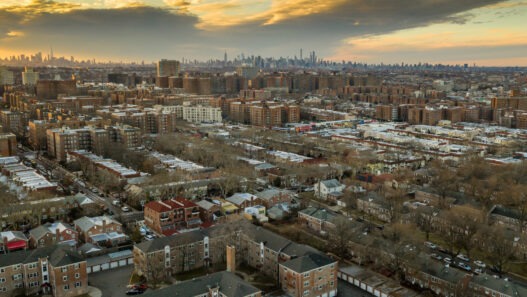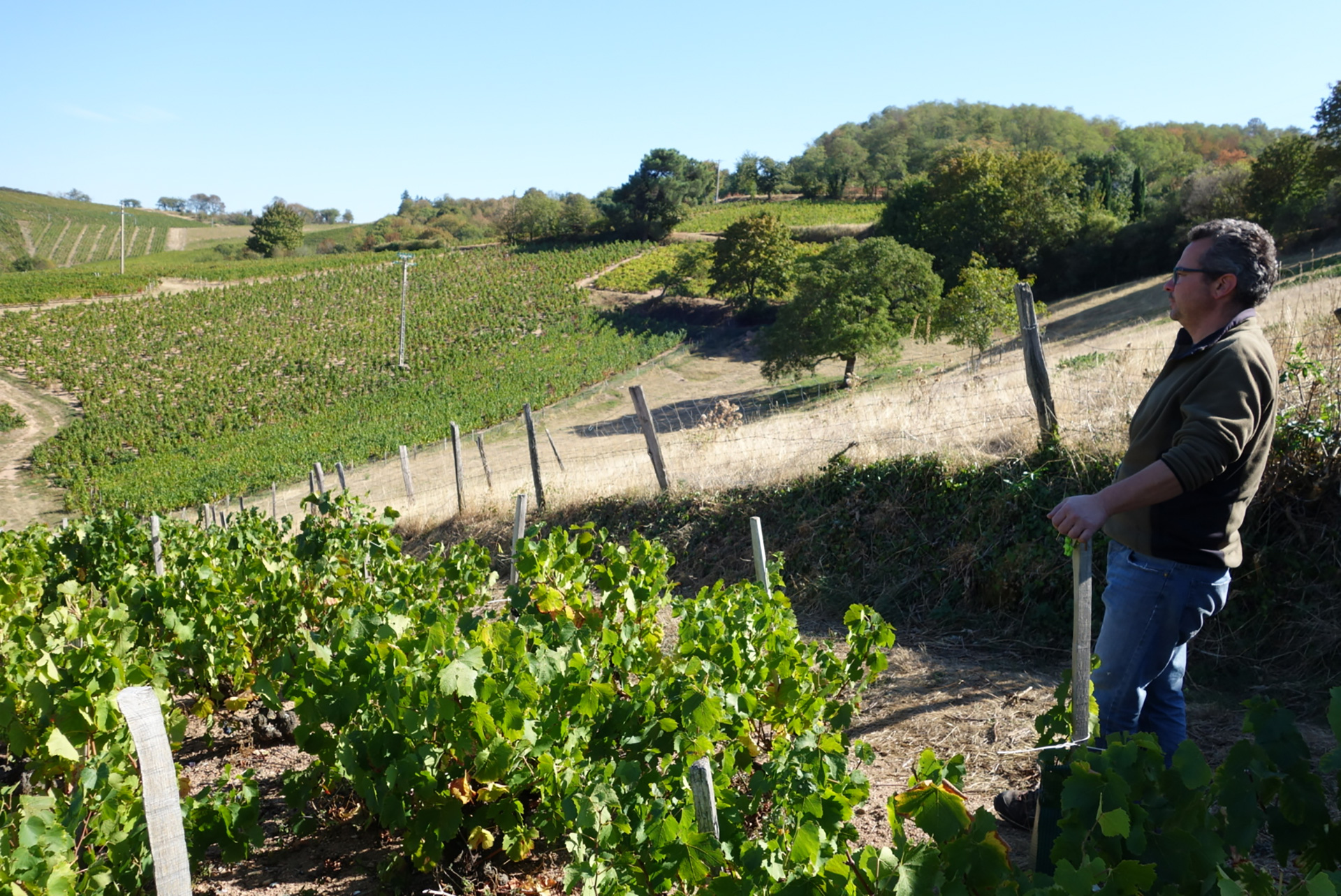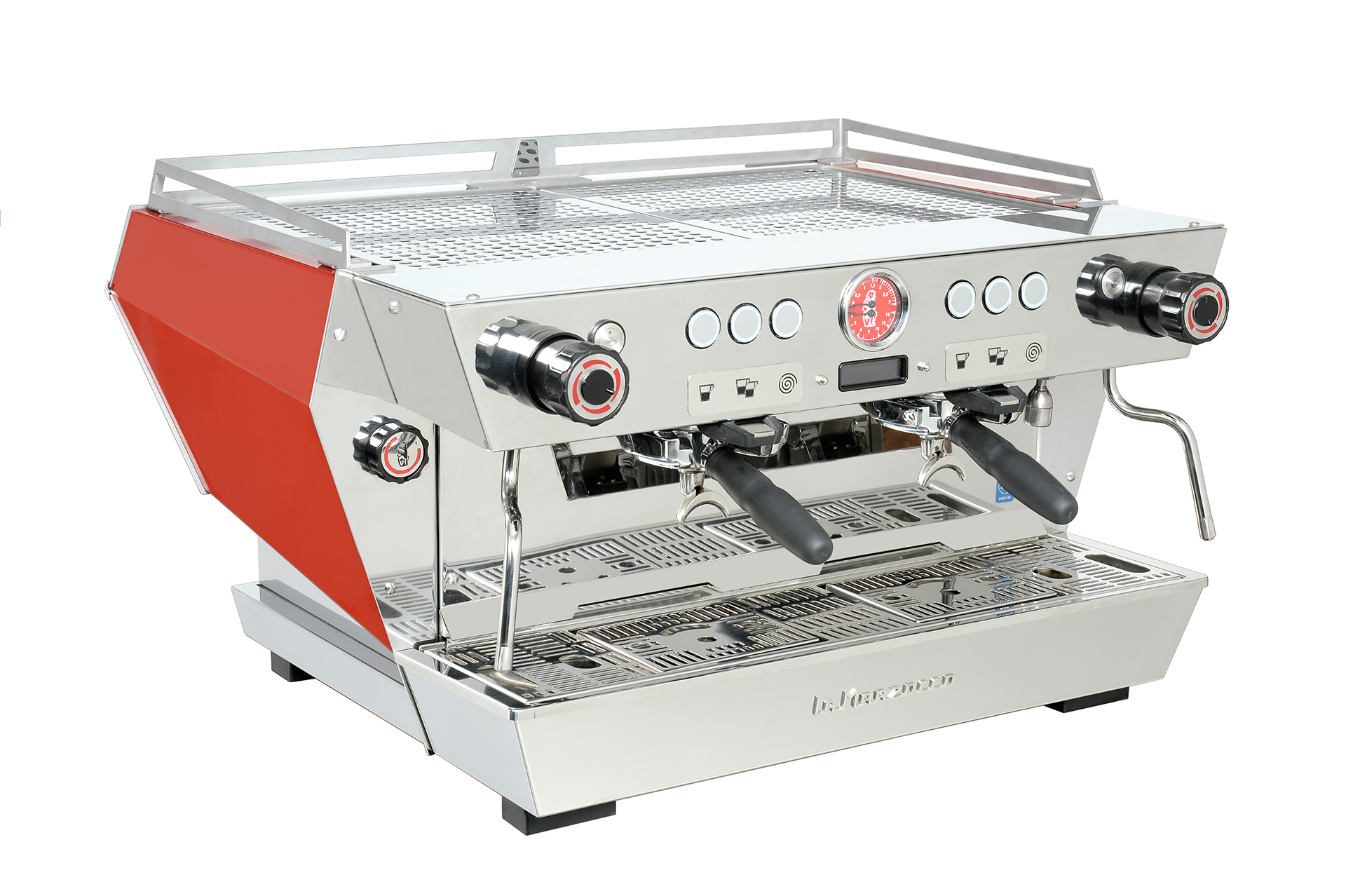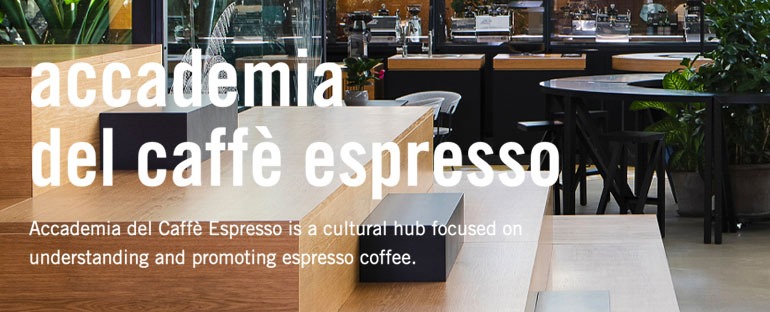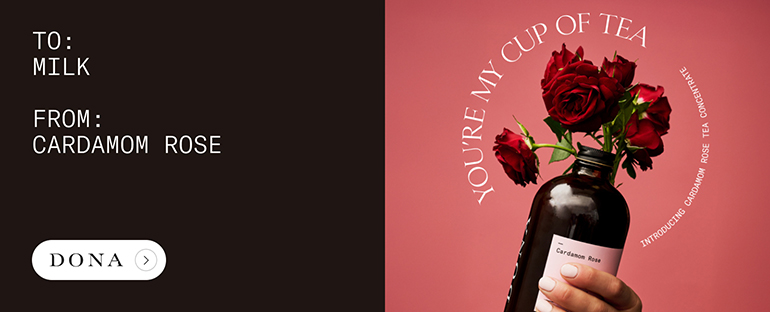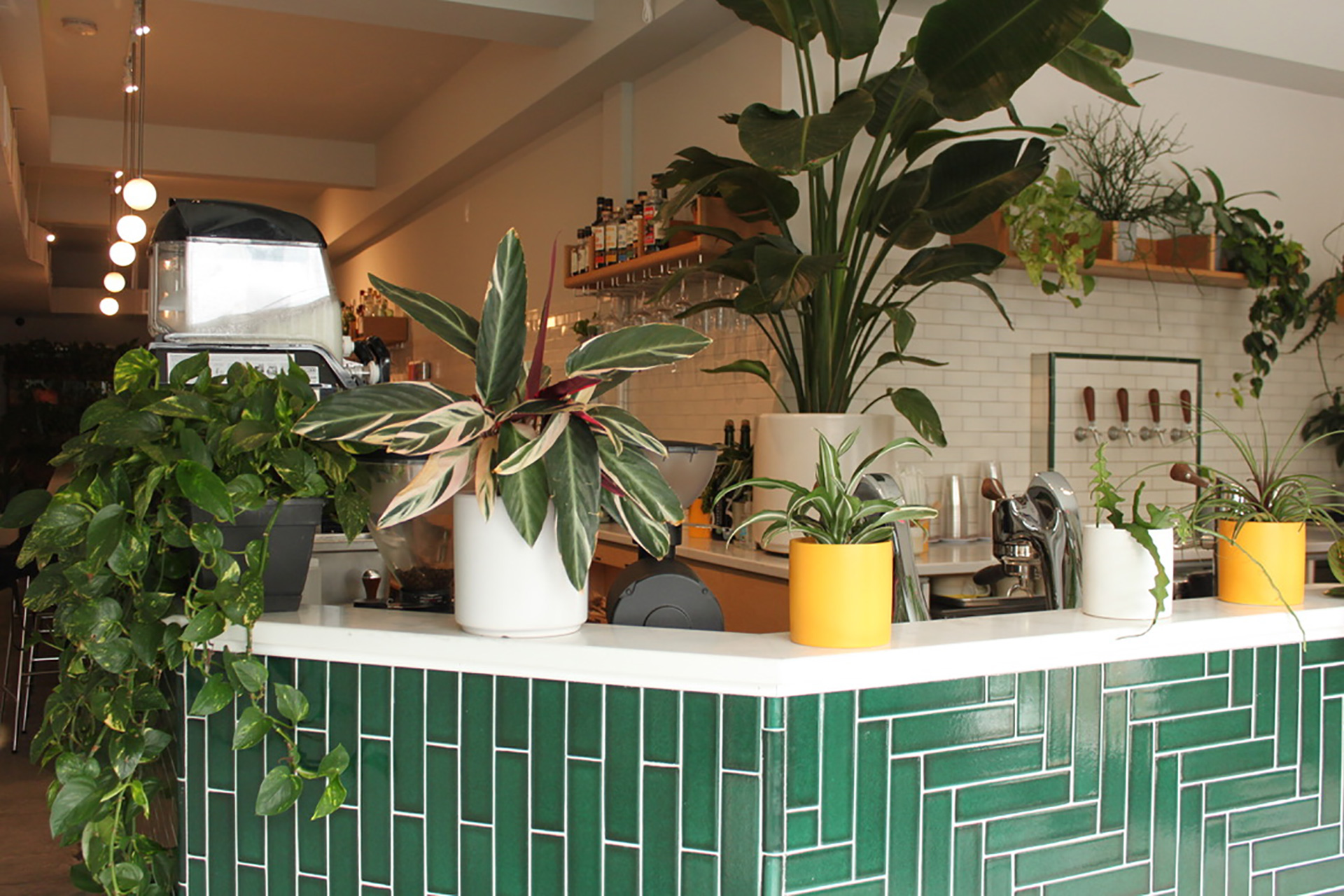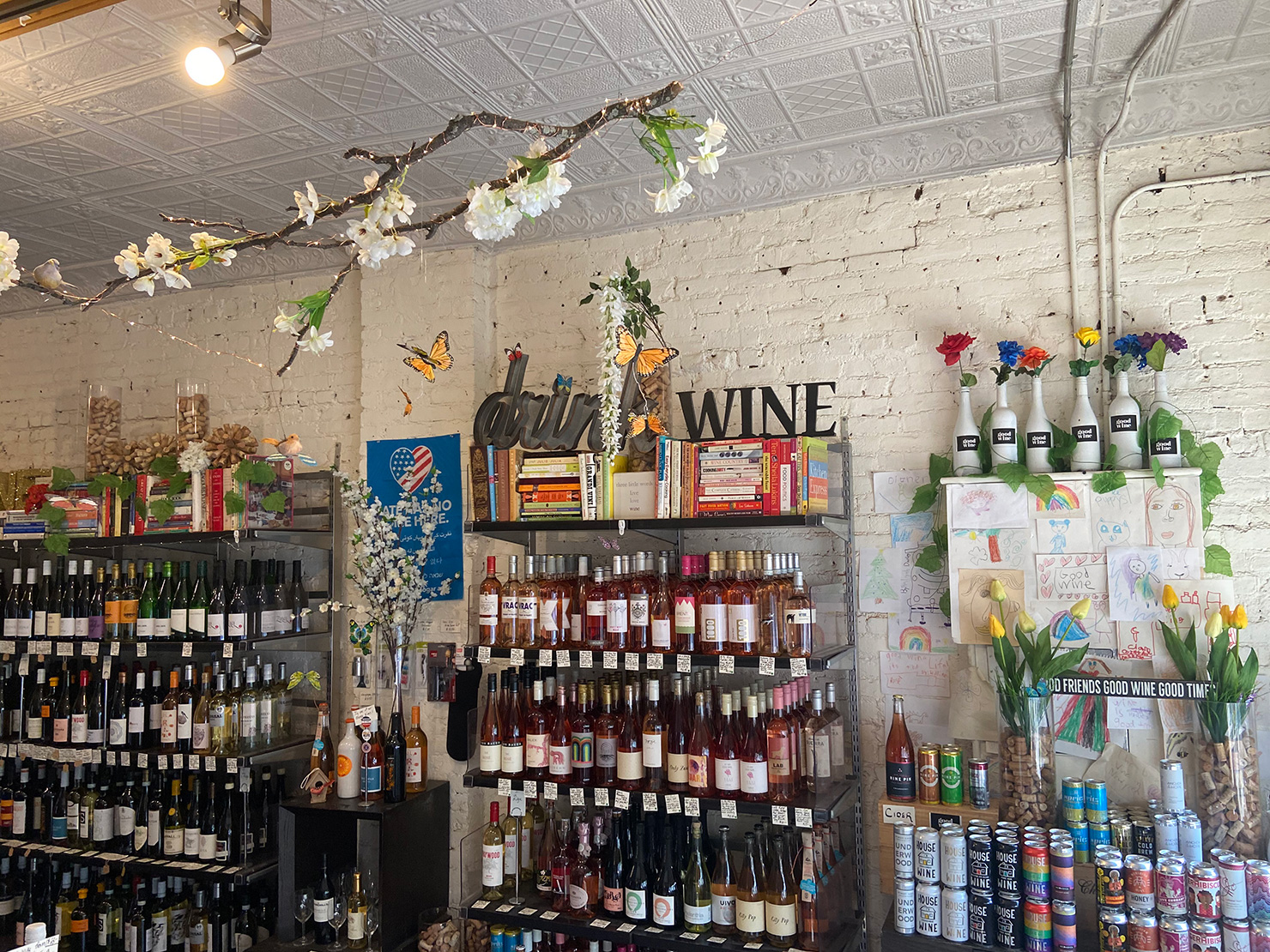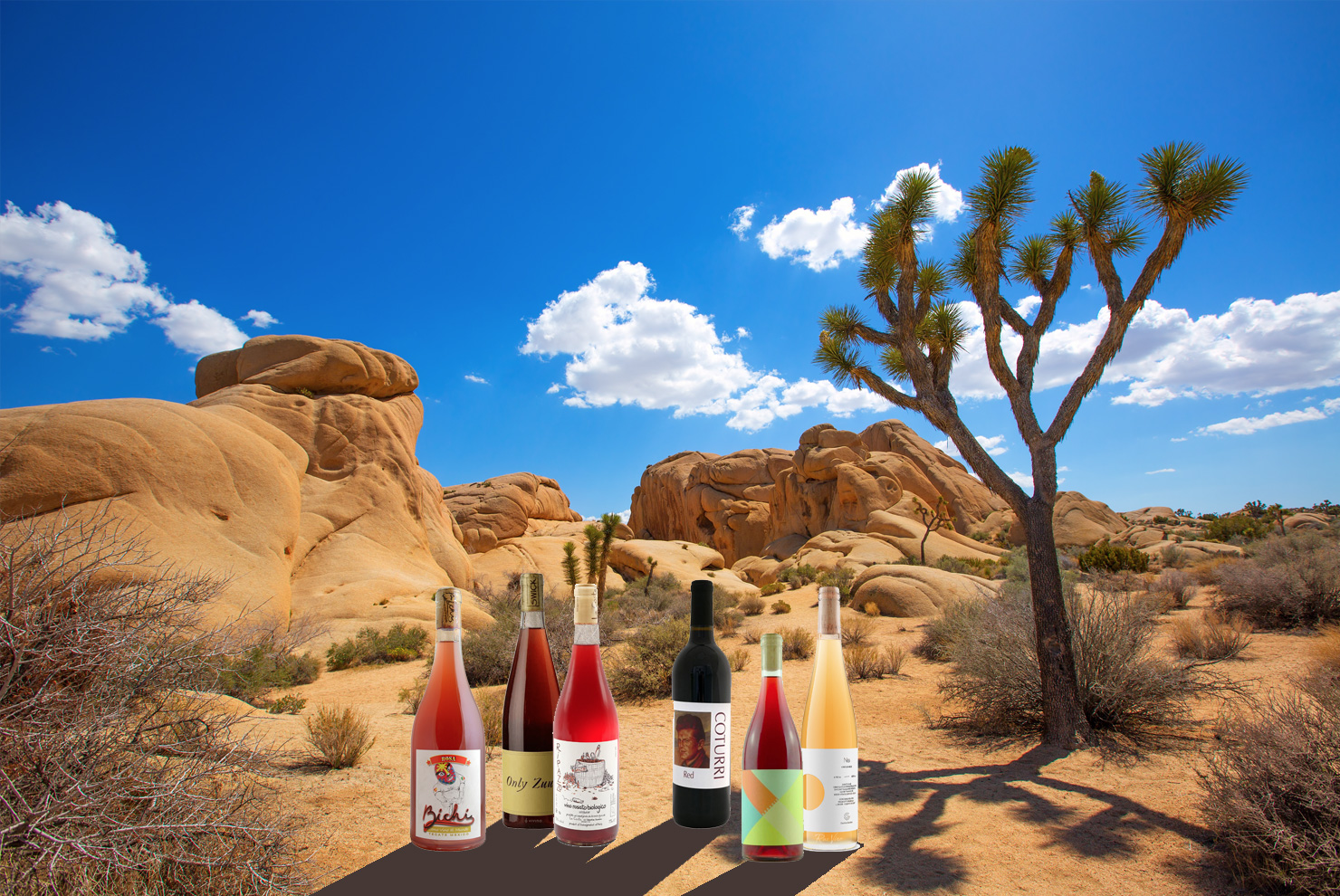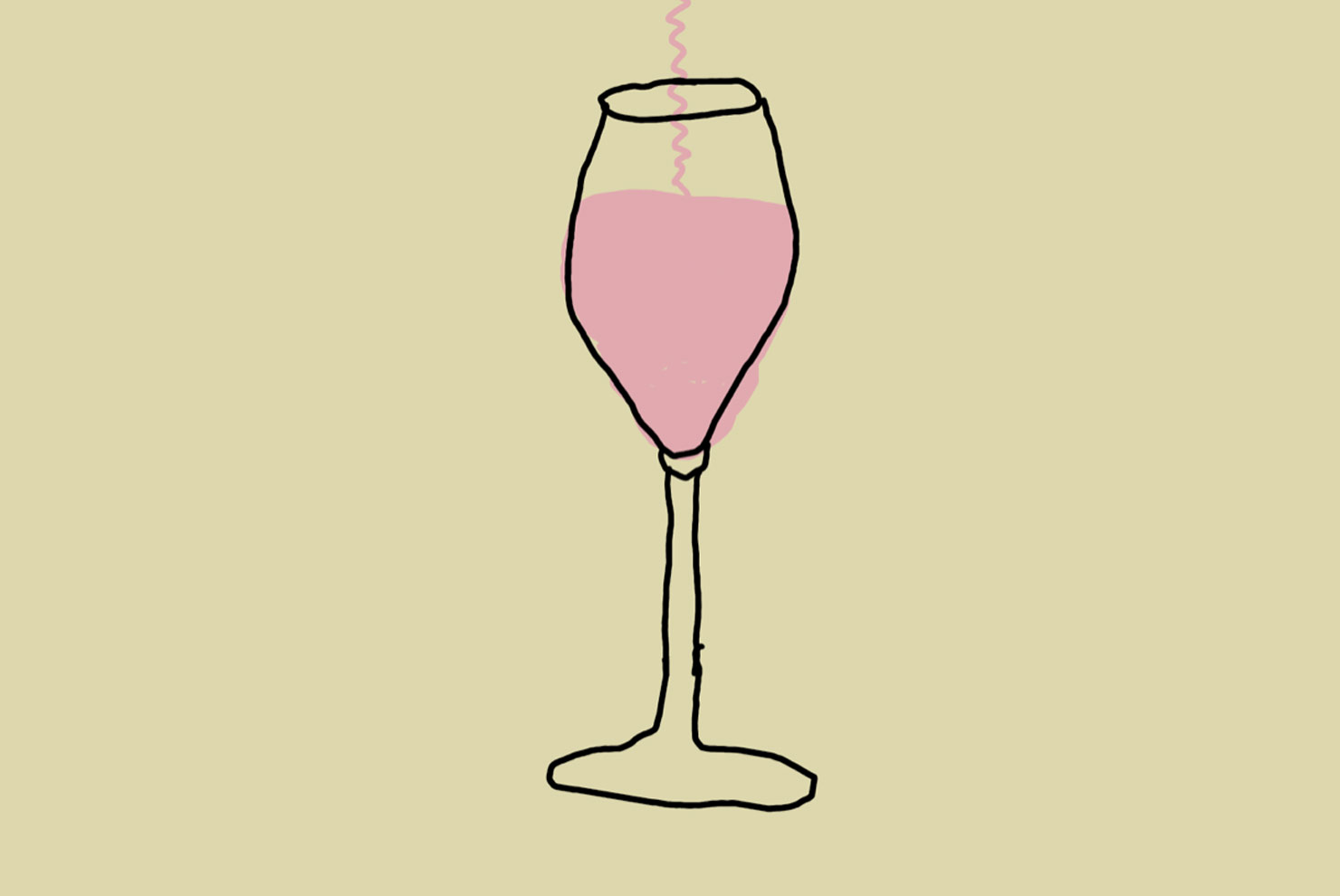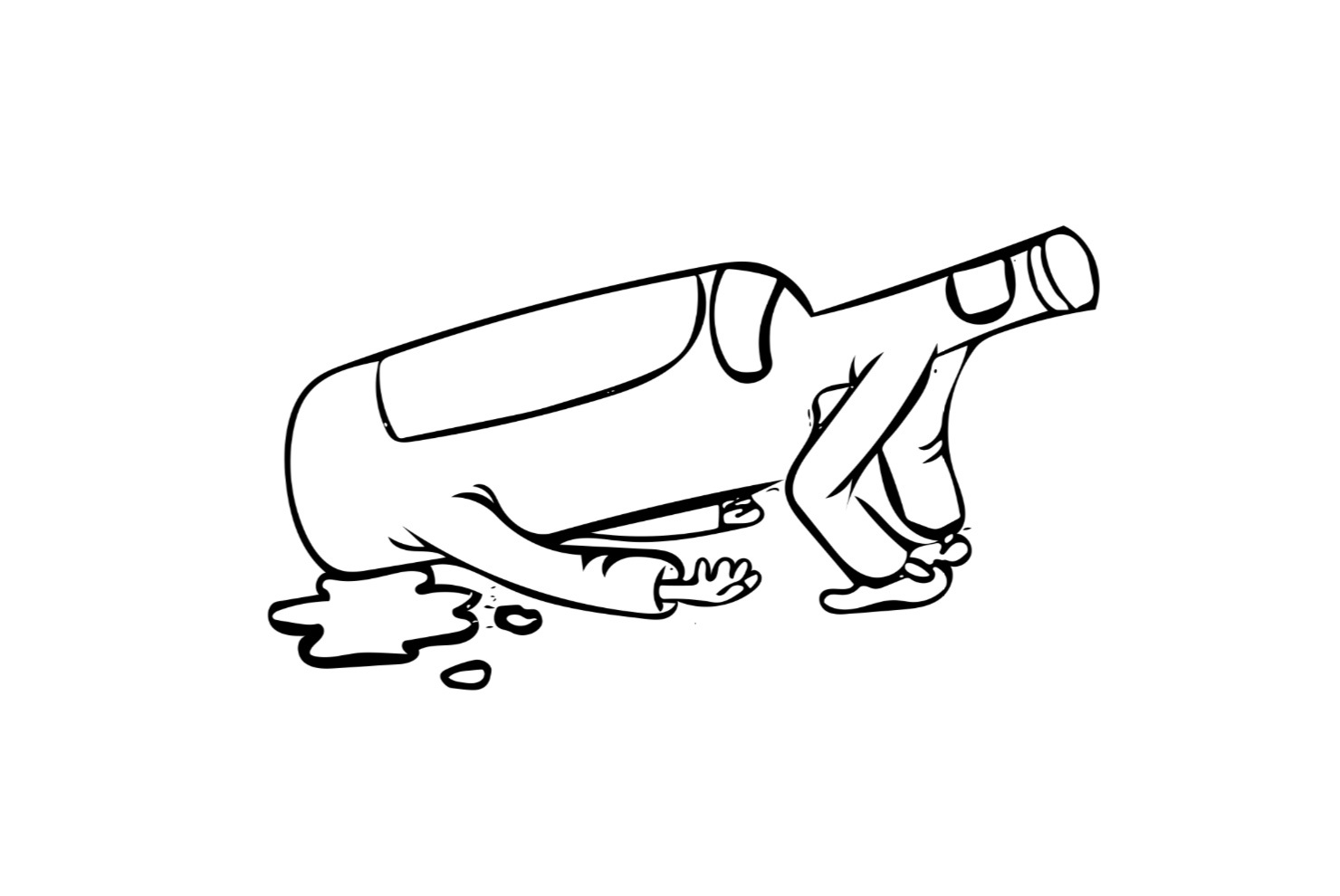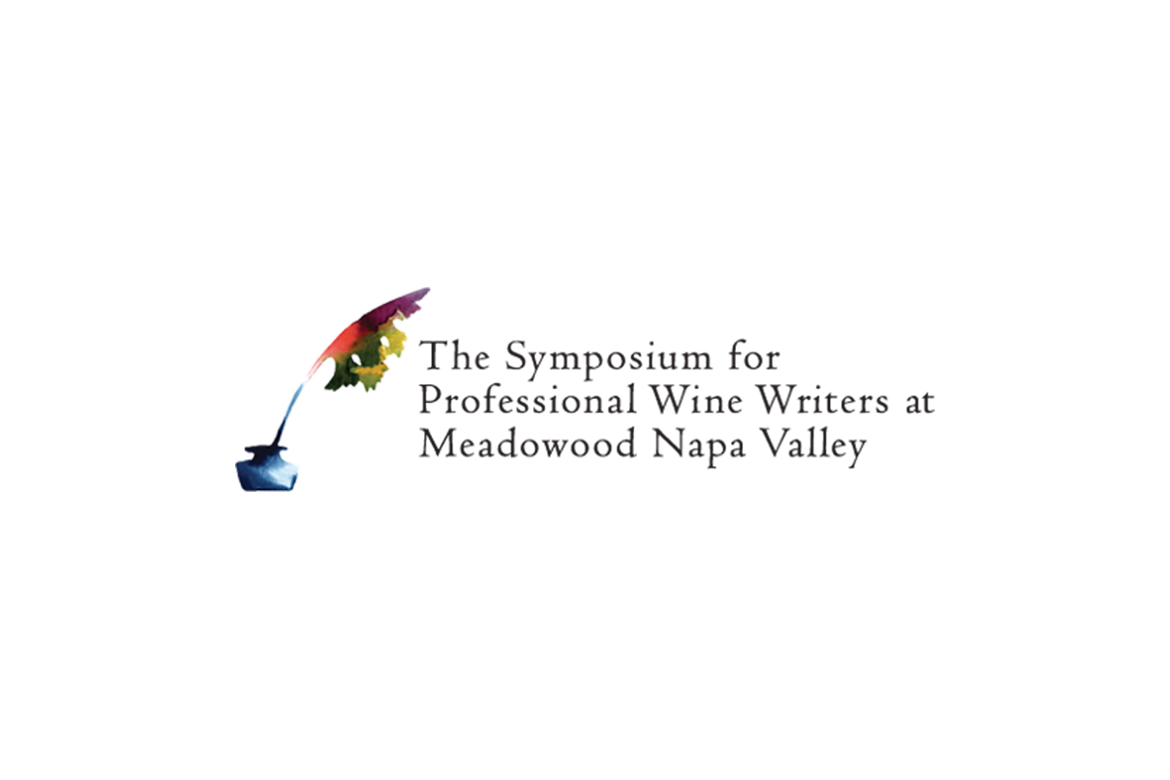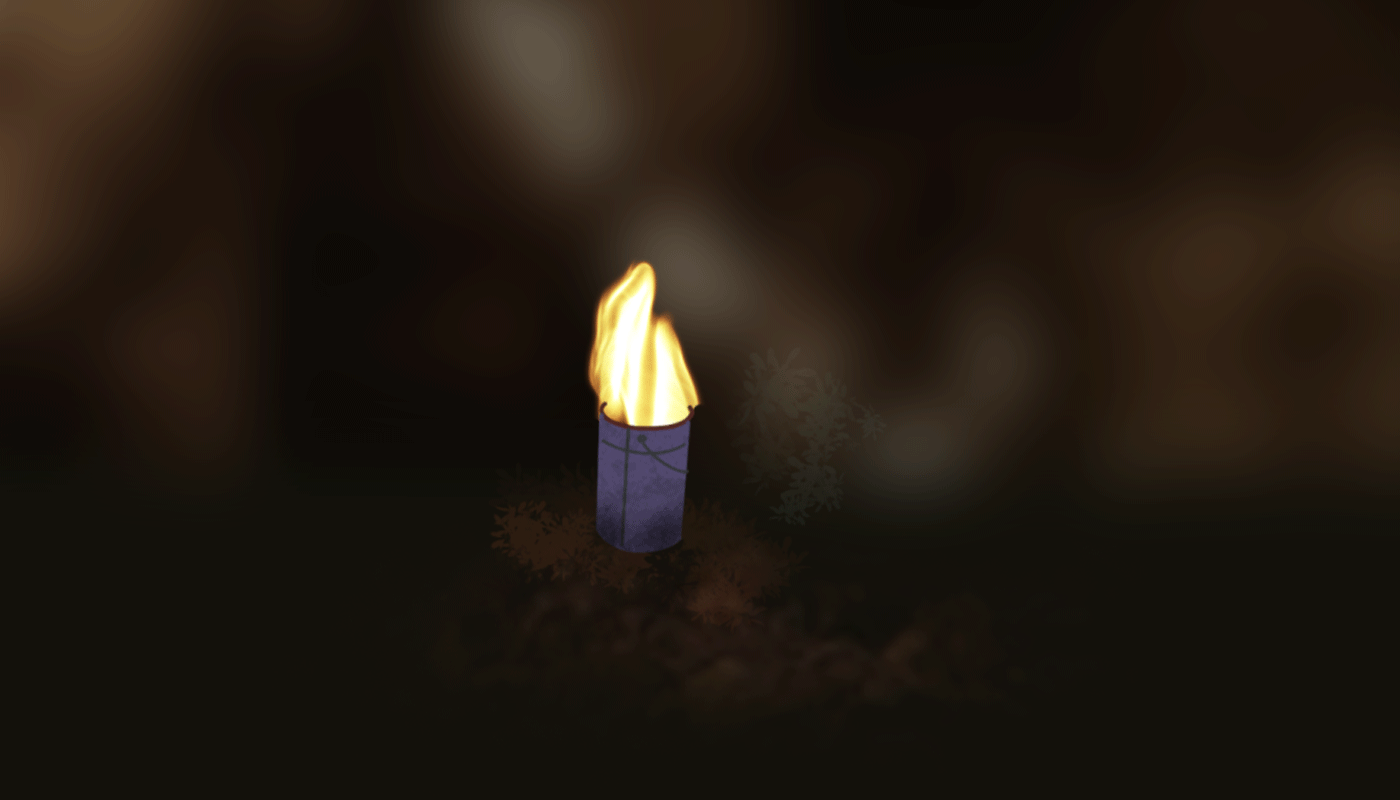As we drive to the site of his new acquisition in Fleurie, Beaujolais négoçiant winemaker Christophe Pacalet tells me how, one evening at a restaurant in the region, a fellow natural winemaker drunkenly approached him, demanding, “What do you do, anyway? You don’t even grow your own grapes!”
Pacalet didn’t rise to the bait on that occasion. Bespectacled and mild, a chef by training, he’s a far cry from the semi-violent Gaulois archetype of the Beaujolais winemaker. The episode comes to mind only because in 2018, with the aid of a Lyonnais investor, Pacalet purchased Fleurie’s Château des Labourons—and with that he became, at least on paper, an actual vigneron, someone who grows grapes and turns them into wine.
“The one hiccup,” he explains as we tour the parcels that day, “is we still need to hire someone to take care of the vines.”
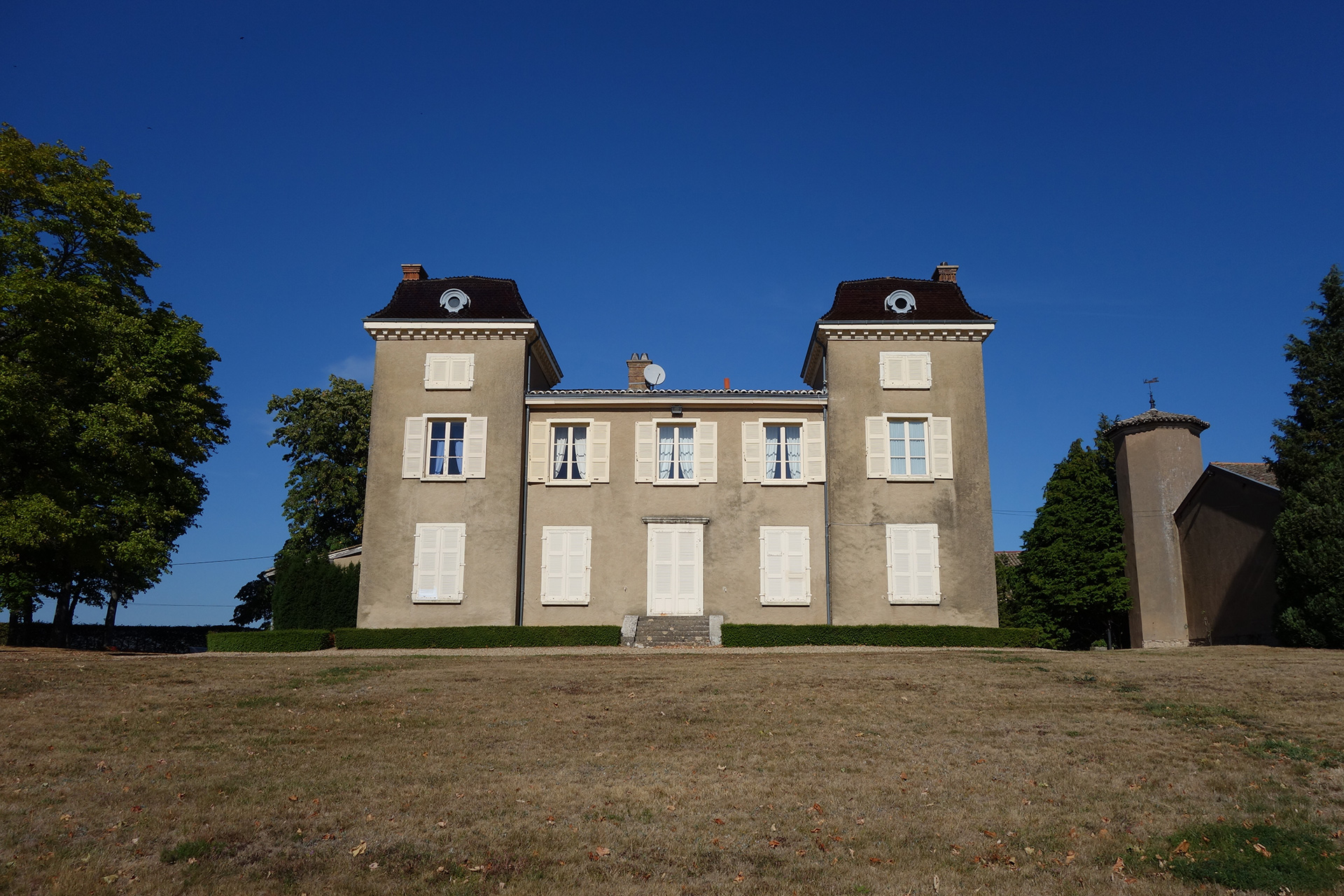
Pacalet still produces a wide range of négoçiant cru Beaujolais wines from his winery in the village of Cercié and has no plans to reside at Les Labourons. The château itself still belongs to the family who sold the rest of the property. But Pacalet and his investor, former pharmaceutical testing entrepreneur Jean-Louis Menard, now own the château’s large winery with its 16 cement tanks, its four hectares of surrounding cru Fleurie vines, its four further hectares of plantable surface, as well as an empty house for the future vineyard manager and another house to lodge harvesters.
“Everything is here, even a press!” says Pacalet. “We just need to find someone good, who wants to advance, who is open to natural wine and organic agriculture.”

The Château des Labourons’ vines have until now not been farmed organically. Pacalet estimates that two hectares are quite easily plowed, but another two are planted at inclines and at vine densities that will prove challenging for a tractor. Roughly half the vines face northeast, descending to a small valley where a creek divides them from those of neighboring organic winemaker Anne-Sophie Dubois. The other parcels face Vauxrenard to the west and Emeringes to the north. The Château des Labourons lends its name to the Fleurie climate of Les Labourons, historically a high, cool site, exposed to la bise, the cold north wind.

At a time when the Beaujolais hasn’t had a cool vintage since 2014, Pacalet is happy to possess cool sites in the crus.
But he’s far from alone in investing in Fleurie these days. Indeed, arguably the greatest significance of Pacalet’s acquisition of the Château des Labourons is as a bulwark against the latter-day Beaujolais land rush from regional outsiders. The Champagne/Burgundy conglomerate Maison Henriot purchased the nearby Château de Poncié in 2008; Volnay’s Domaine Lafarge created Domaine Lafarge-Vial in Grille-Midi in 2014; and the Rhône’s Michel Chapoutier purchased the Beaujolais négoçiant house Trenel in 2015. This is to say nothing of the ever-increasing imprint of Louis Jadot, which owns both Château des Jacques in Romanèche-Thorins and Morgon’s Château de Bellevue; nor of more recent acquisitions of the Château de Bachelards and the Château du Moulin-à-Vent by various Parisian investors.

These domaines vary in quality and ambition, but notably, none have chosen to work in the tradition of the pioneering natural winemakers of the Beaujolais, collectively called the “Lapierre gang,” in reference to Pacalet’s late uncle, Marcel Lapierre. It has lately become fashionable in certain natural wine circles to mock the comparatively large size to which heritage natural Beaujolais domaines like Domaine Lapierre and Domaine Jean Foillard have grown. (Both vinify the equivalent of about 30ha.) But to do so is to overlook the reality of the real estate and négoçiant markets in the Beaujolais crus: if a given parcel (or its fruit) isn’t acquired by natural winemakers, someone else will acquire it, and vinify it otherwise.
Like the Lapierres, Pacalet vinifies whole-cluster, with minimal sulfur, with no filtration except for the most basic bottlings, and most elevage in old oak barrel. He differs in employing a touch more pigeage, perhaps due to the influence of his cousin, acclaimed Burgundy winemaker Philippe Pacalet.

In 2018, a generous year for most of France, the Château des Labourons produced 200 hectolitres of Fleurie, which Pacalet plans to commercialize in late spring 2019 in France, Japan, and the USA. To help with vinification, Pacalet called on the aid of Louis-Antoine Luyt, a highly characterful French natural winemaker who for the past twenty years has built a reputation producing natural wine in Chile.
When we return to the winery, Luyt is conducting a pump-over to aerate one fermenting tank of Fleurie, passing the vivid magenta juice from a tube suspended high above the cap. Pacalet relates the story of the first vineyard manager he tried to hire, who he had to fire shortly thereafter for perpetual drunkenness.
“I get many résumés from young men and women who look for work,” offers Luyt, before adding, “Well, it’s mostly for work in Chile. You just have to convince them to come to Fleurie.”









